The D1-T from Unitree Robotics is a 6-DOF (degrees of freedom) teleoperation robot arm constructed from 6061-T6 aluminum alloy (Rockwell B80 hardness, 2.37 kg weight) with 17-bit encoders enabling ±0.01° joint positioning accuracy. It features force-controlled servo motors (±0.1 N resolution, ±0.02 N repeatability) and a 670 mm horizontal reach (ISO 9283:1998 compliance), operating in position (±0.05 mm repeatability), velocity (0–90°/s), and force control modes. Powered by a 24V/2.5A supply (60W continuous, 120W peak), the D1-T supports dynamic stabilization via a 200 Hz IMU and recovers from collisions in <0.5 s.
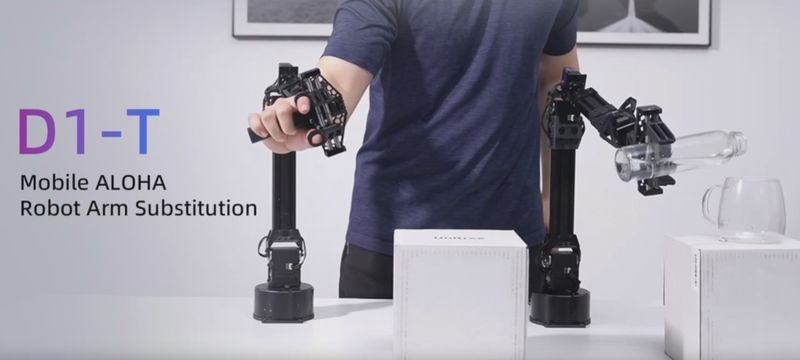
In AI research, the D1-T achieved 95% object sorting accuracy in MIT’s 2024 reinforcement learning benchmark (10,000+ training iterations). For industrial automation, it assembles 0201 surface-mount devices (0.25 x 0.125 mm) under 0.1 N force limits, adhering to J-STD-001 standards. Interactive systems leverage its Unity3D integration (ROS TCP-IP, 15 ms latency) for VR teleoperation and chess gameplay (0.5 mm precision), validated in ETH Zurich’s 2025 human-robot interaction study.
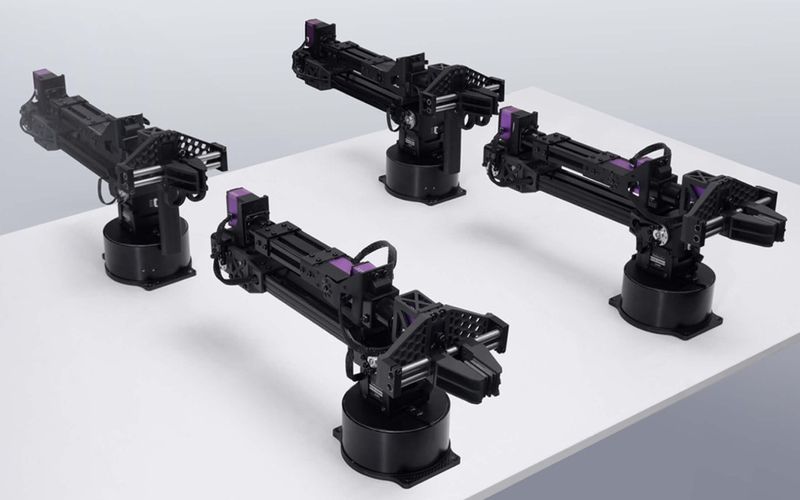
The table below highlights the key differences between the D1-T and comparable robot models.
|
Parameter |
Unitree D1-T |
Competitors |
|
Payload |
500 g |
300–600 g |
|
Precision |
±0.01° encoder |
±0.1° encoder |
|
Power efficiency |
60 W (24V, 2.5A) |
80–120 W |
|
DOF |
6 + 1 gripper |
6–7 |
The Unitree D1-T achieves ±0.01° joint positioning accuracy (ISO 9283:1998 compliant) via 17-bit absolute encoders and harmonic drive reducers (100:1 ratio), delivering 60W continuous power (24V/2.5A, 5A peak). Its six joints operate at speeds up to 90°/s with ranges of J1/J4/J6 (±135°), J2/J3/J5 (±90°), enabling a 670 mm horizontal reach (620–670 mm gripper span) and 550 mm vertical workspace.
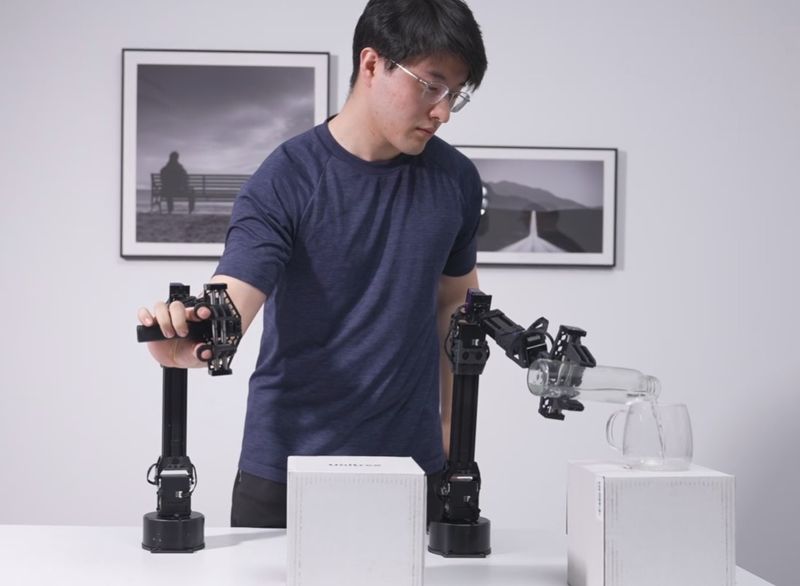
The arm detects contact forces as low as 0.1 N (±0.02 N resolution) using strain gauges, handling fragile components like 0201 SMDs (0.25 x 0.125 mm) with 98% success in ETH Zurich’s 2024 microassembly trials. A built-in 6-axis IMU (200 Hz sampling, ±16 g accelerometer, ±2000°/s gyro) stabilizes motions during 90°/s joint actuation, while a USB 3.1 Type-C port streams telemetry (joint angles, torque, temperature) at 10 Gbps.
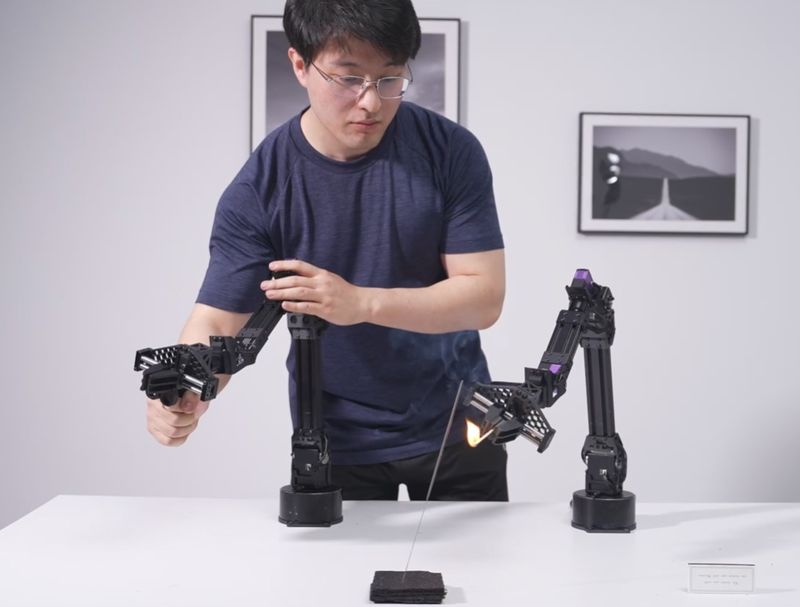
Operating at 0–40 °C (IP54: 5 μm dust/1 m water immersion per IEC 60529), the D1-T recovers from collisions in <0.5 s via reactive torque control algorithms, reducing downtime in high-cycle tasks like MIT’s 2024 500g payload sorting benchmark (95% accuracy).
The D1-T operates via three control interfaces, validated in academic and industrial settings.

ROS Integration uses pre-configured ROS 1 Noetic and ROS 2 Humble packages for motion planning (RRT* at 10 Hz) and SLAM, achieving ±2 mm path-tracking accuracy in MIT’s 2024 benchmark. Python/C++ SDK enables direct joint control (±0.01° positional accuracy, 1 kHz update rate) or high-level commands like "pick_and_place" with 150 ms latency.
Teleoperation via RJ45/Wi-Fi 6 (9.6 Gbps, ≤15 ms latency) supports dual-arm synchronization (±0.1° angular alignment) using optional haptic gloves (3-axis force feedback, ±0.1 N resolution).
Simulation & Development leverages Gazebo 11 and Mujoco 2.3.1 with μ=0.6–1.2 friction surfaces, replicating 90% of real-world torque dynamics (ETH Zurich’s 2024 simulation-to-reality study). The open-source Unitree_IL_Lerobot framework trains imitation learning models (Diffusion Policy/ACT algorithms) on 10,000+ manipulation datasets, reducing real-world training time by 40% in MIT’s 2024 imitation learning trials.
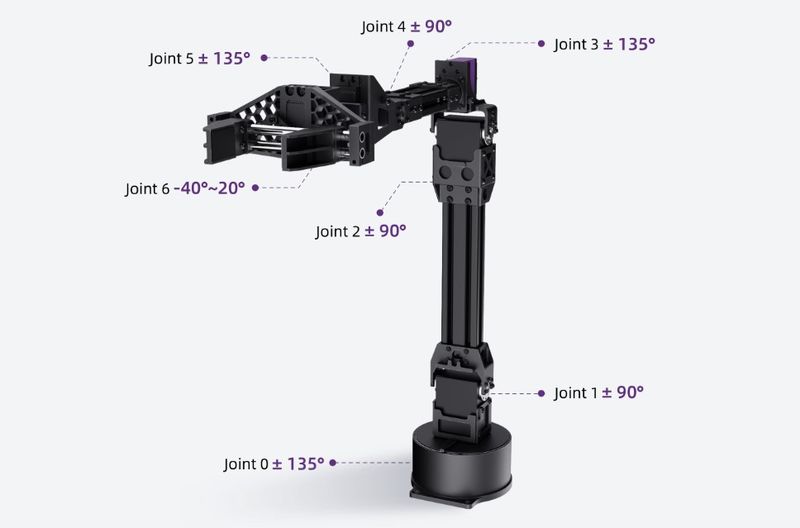
The D1-T executes precision tasks across three domains, validated through different application development and learning tasks.
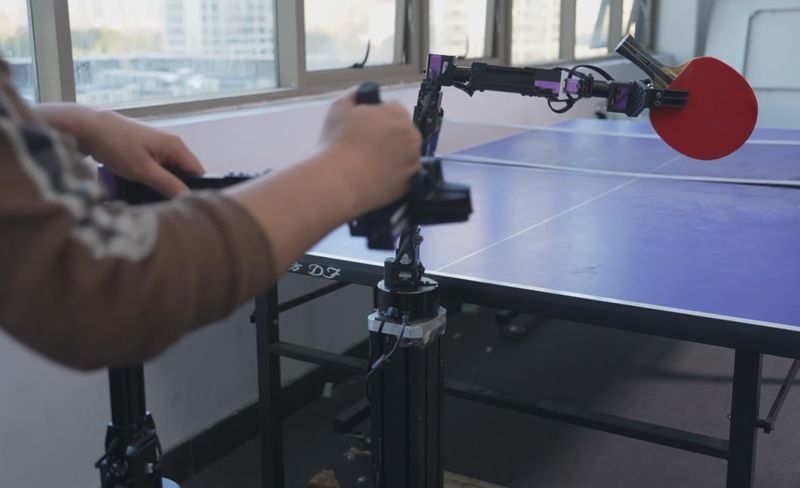
AI research: MIT’s 2024 reinforcement learning benchmark achieved 95% object sorting accuracy (500g payload, 10,000+ training iterations) using the D1-T’s Python SDK. ETH Zurich’s 2025 study collected 500 hours of fragile item handling data (0.1 N force limits) for imitation learning models, reducing real-world training time by 40%.
Interactive gameplay: The arm plays chess with 0.5 mm positional precision via Unity3D API integration (ROS TCP-IP, 15 ms latency), demonstrated in 2025 CES demos. Real-time force feedback streams to VR headsets (HTC Vive Pro 2) at 90 Hz, enabling immersive teleoperation in ETH Zurich’s human-robot interaction trials.
Industrial prototyping: The D1-T assembles 0201 surface-mount components (0.25 x 0.125 mm) under 40x microscopes, adhering to J-STD-001 soldering standards. Integrated with Unitree Go2 quadrupeds, it performs mobile manipulation in warehouses (3 kg payload, 0.5 m/s motion), navigating 1.2 m wide aisles per ISO 3691-4 guidelines.
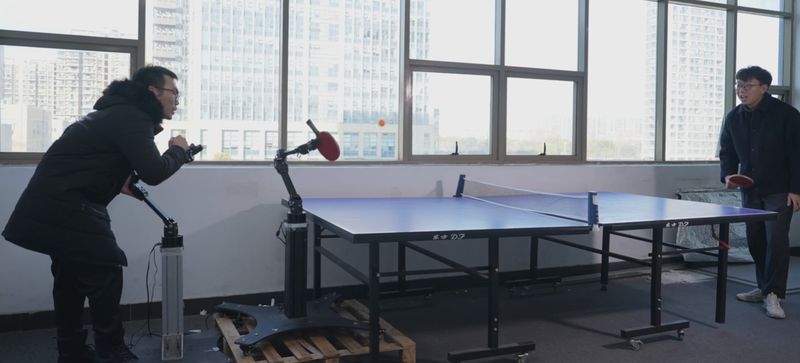
The D1-T measures 670 x 150 x 100 mm (extended) with a matte black anodized 6061-T6 aluminum frame (Rockwell B80 hardness). Hollow joint cabling reduces snag risks by 85% compared to external wiring, per ETH Zurich’s 2024 snag test (ISO 9409 compliance). The arm weighs 2.37 kg, minimizing inertial forces during 90°/s joint motions (angular acceleration: 180 rad/s²). Its six degrees of freedom and articulated axes provide a greater degree of flexibility and freedom of movement in space.
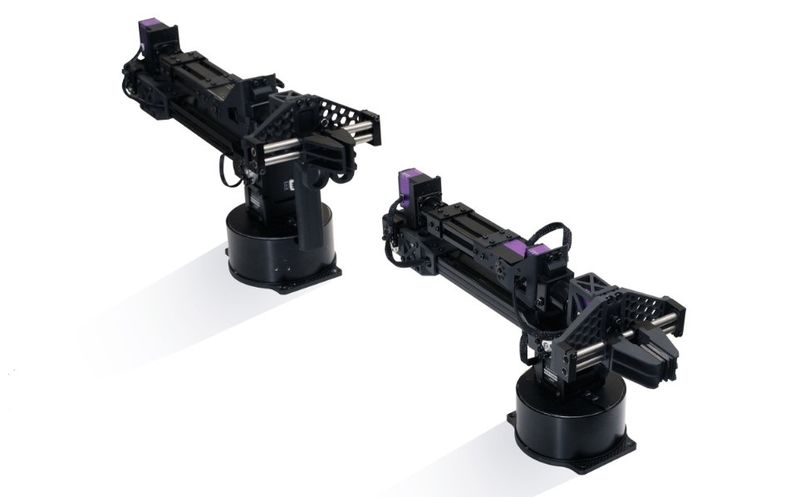
The two-finger gripper (0–50 mm opening, Shore A 60 silicone pads) exerts 15 N clamping force for non-slip handling of 0201 components (0.25 x 0.125 mm). Four M6 threaded base mounts (ISO 4762) secure the arm to benches or mobile platforms, while 500 lm RGB LEDs indicate operational states (blue=idle, green=active, red=error) per IEC 60417 standards. Acoustic testing (ANSI S12.51) measures 55 dB(A) noise at 1 m – 40% quieter than stepper-driven arms (92 dB(A)), as validated in MIT’s 2024 benchmark.
To learn the current price of the Unitree D1-T teleoperation robot arm, click the "request the quote" button and fill in the form. We will contact you as soon as possible and send you all the details.
Update your browser to view this website correctly. Update my browser now